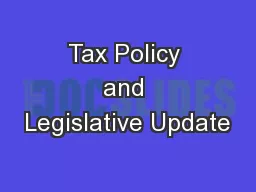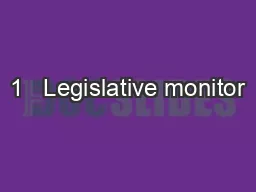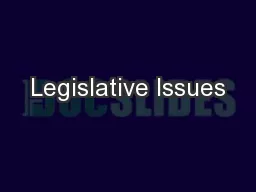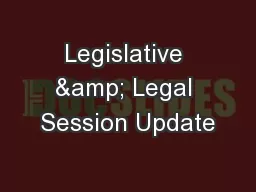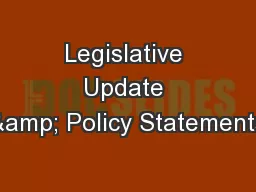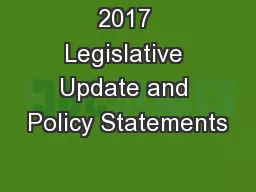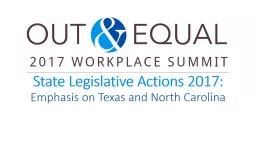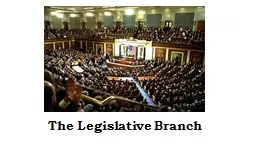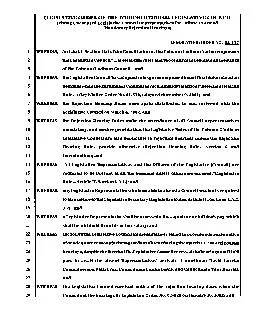PPT-Tax Policy and Legislative Update
Author : yoshiko-marsland | Published Date : 2018-03-20
May 18 2017 2016 election outcomes 2 Post2016 elections balance of power provides opportunity for comprehensive tax reform in 2017 2016 electoral college results
Presentation Embed Code
Download Presentation
Download Presentation The PPT/PDF document "Tax Policy and Legislative Update" is the property of its rightful owner. Permission is granted to download and print the materials on this website for personal, non-commercial use only, and to display it on your personal computer provided you do not modify the materials and that you retain all copyright notices contained in the materials. By downloading content from our website, you accept the terms of this agreement.
Tax Policy and Legislative Update: Transcript
Download Rules Of Document
"Tax Policy and Legislative Update"The content belongs to its owner. You may download and print it for personal use, without modification, and keep all copyright notices. By downloading, you agree to these terms.
Related Documents

